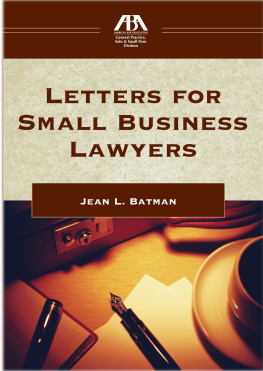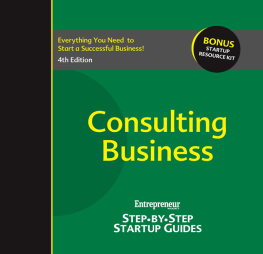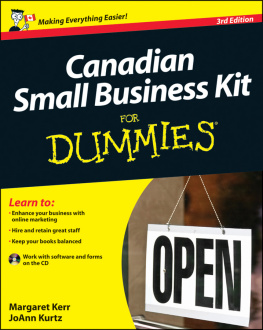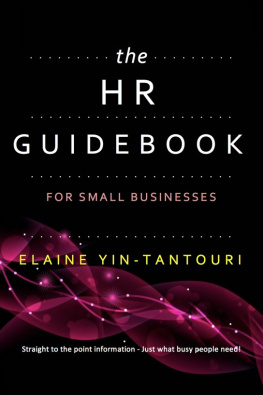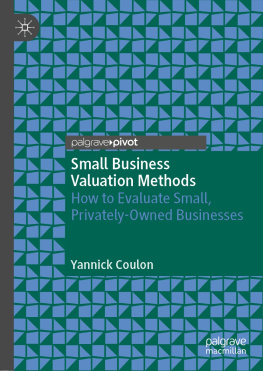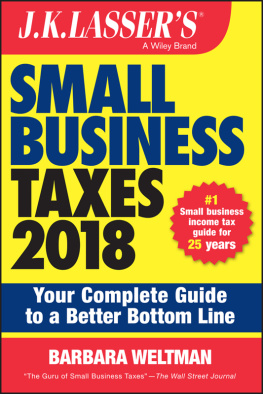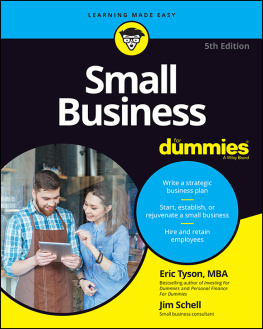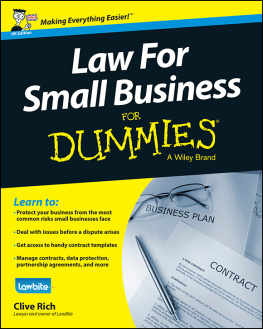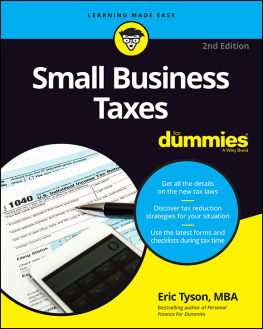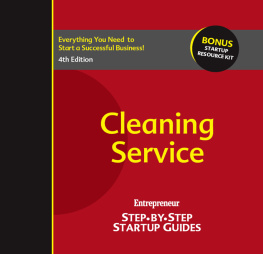
LETTERS FOR SMALL BUSINESS LAWYERS
JEAN L. BATMAN

Cover design by ABA Publishing.
The materials contained herein represent the opinions of the authors and editors and should not be construed to be the action of either the American Bar Association or the General Practice, Solo and Small Firm Division unless adopted pursuant to the bylaws of the Association.
Nothing contained in this book is to be considered as the rendering of legal or financial advice for specific cases, and readers are responsible for obtaining such advice from their own legal or financial counsel. This book and any forms and agreements herein are intended for educational and informational purposes only
2011 American Bar Association. All rights reserved.
No part of this publication may be reproduced, stored in a retrieval system, or transmitted in any form or by any means, electronic, mechanical, photocopying, recording, or otherwise, without the prior written permission of the publisher. For permission, contact the ABA Copyrights & Contracts Department at copyright@americanbar.org.
Library of Congress Cataloging-in-Publication Data
Batman, Jean L.
Letters for small-business lawyers / by Jean L. Batman.
p. cm.
eISBN: 978-1-61438-254-6
1. Small businessLaw and legislationUnited StatesForms. 2. Legal correspondenceUnited States. I. Title.
KF1659.A65B38 2011
346.730652dc22
2011007940
Inquire at Book Publishing, ABA Publishing, American Bar Association, 321 N. Clark Street, Chicago, Illinois 60654-7598.
www.ShopABA.org
Contents
www.bibliovault.org/web_product/9781614382546_zip/letters_small.zip
Introduction
This book was written for use by attorneys who represent small businesses. It is a natural companion to the authors practice guide Advising the Small Business: Forms and Advice for the Legal Practitioner , American Bar Association, 2007 (second edition due out in 2011), as templates for many of the documents referenced in the sample letters in this volume can be found in the forms and advice manual.
In my desire for speedy correspondence and my goal of reducing the amount of paper I use and store in my office, I rarely send correspondence on paper. There are still some correspondences worth sending in tangible form, as discussed in , but for the rest, the sample letters that constitute this book are largely examples of correspondence that I would typically send by e-mail.
When using this book, send your correspondence electronically or on paper as you may prefer; simply copy and paste the text into your own letterhead or into an e-mail, and revise it to best suit your own facts and circumstances and the law in your jurisdiction.
However, if you do send your correspondence electronically, please make sure your computer backups include your e-mails and that the backup files are accessible. Also, there are a few sample footers in for e-mail correspondence. All electronic correspondences with clients should, at a minimum, include a notice regarding confidentiality and reservation of the attorney-client privilege.
One great advantage of corresponding electronically with proper back ups is that you can keep copies of your files on a portable drive and take it with you whenever you are out of the office. This will allow you to plug into any computer anywhere and access all of the files in your office and to avoid any glitches in the event something happens to the office or the computer system, or your access to the office is hindered in some way.
Finally, as always when an attorney is using forms and templates, remember that the form is there to suggest content, not dictate it. Please use the sample letters in this book in that light and be sure to:
- tailor the language to suit your and your clients facts and circumstances; and
- check for changes necessitated by changes in the law and/or differences in the law specific to your jurisdiction.
I hope you enjoy this book and find it useful in your practice.
Jean Batman
February, 2011
About the Author
Jean L. Batman founded Legal Venture Counsel, Inc. in 2004 to provide outside general counsel services to investors, entrepreneurs, and small businesses. She serves as outside general counsel to a variety of companies and individuals engaged in a broad range of industries. She has written and spoken on a number of topics of interest to the business community, such as venture financing and finding practical solutions to common legal problems. Prior to forming Legal Venture Counsel, Inc., Ms. Batman was a partner in the San Francisco offices of Duane Morris LLP.
Ms. Batman chaired the Middle Market and Small Business Committee of the ABA Business Law Section from 2001 to 2005 and served as a board member of the Publications Board of the ABA Business Law Section from 2001 to 2005. She co-founded and co-chaired the Private Placement BrokerDealer Task Force of the ABA Business Law Section in 1999, and is a member of the State Bar of California and the National Association of Development Companies.
She has a JD from the University of California Hastings College of Law and an MBA from the Graduate School of Management at University of CaliforniaIrvine, where she also completed her undergraduate studies.
CHAPTER
Reaching Out to Small Businesses
G enerating new business is a constant challenge for attorneys in general, but this is especially true for attorneys representing small businesses because:
- small businesses often require and certainly can afford less legal assistance than larger companies;
- there is a high failure rate among new businesses; and
- successful small businesses are often acquired by larger companies with their own counsel.
The good news is that small businesses account for a huge portion of the U.S. economy. Therefore, it is is important for an attorney working with small businesses to take advantage of every reasonable opportunity to help people understand what they do and to remain in the forefront of peoples minds.
The objective, of course, is to have people to think of you whenever they come across someone in need of a business lawyer. Perhaps not surprisingly, it is often the people who know you best on a personal basis that understand the least about what you do. These are people who already like and trust youtwo huge hurdles for obtaining a referral or business from anyonebut dont know enough about your business to recognize when they should refer someone to you or, worse, when they need your services themselves.
Many of the letters in this chapter contain examples of how to relay both a primary message, such as a new address, and information or a reminder of the attorneys area of practice or expertise. The point is not to miss an opportunity to include that secondary message.
Snail mail is still probably the preferred method for these types of correspondence because these letters often remain on peoples desks for a period of time after they are received when delivered in tangible form (e.g., seasons greetings). With rapport, trust, and an understanding of your practice, every one of a small business lawyers contacts becomes a potential referral source for business.
Marketing Letter Featuring an Attorney and Reception
{Date}
{Name}
{Company Name}

